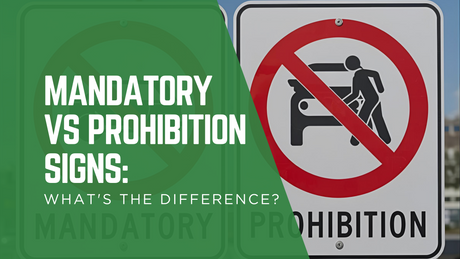High-Risk Areas
Safety signs should always be installed in areas where there's a potential risk or hazard. This could include areas where heavy machinery is operated, locations that house hazardous substances, or places where specific personal protective equipment (PPE) is required. The signs should be placed in a clear, visible location to ensure that they are easily seen before a person enters the hazardous area.
Entrances and Exits
Safety signs should also be installed at all entrances and exits to a workplace or specific areas within a workplace. These may include fire safety signs indicating emergency exits and muster points, or signs indicating specific requirements or cautions for entering a specific area.
Around Equipment
Areas around machinery and equipment should also have appropriate safety signage. These signs can provide information on operating instructions, potential hazards, or PPE requirements. They should be placed close enough to the equipment to be clearly visible but not in a position where they could become obscured or pose a hazard themselves.
First Aid and Emergency Equipment Locations
Signs indicating the location of first aid kits, fire extinguishers, eyewash stations, and other emergency equipment are crucial in any workplace. These should be placed directly above or adjacent to the equipment they refer to, at a height that is easily visible from a distance.
Public Areas
In areas accessible to the public, safety signs should be used to indicate any potential hazards or safety requirements. These might include wet floor signs, instructions for safe use of equipment, or signs indicating restricted areas.
Visibility and Readability
Safety signs should be positioned at an appropriate height and angle for maximum visibility and readability. Signs should be unobstructed and well-lit. They should be placed at eye level where possible, and larger signs may be needed if they are to be read from a distance.
Consistency
Consistency is key when positioning safety signs. Signs should be placed in consistent locations throughout the workplace to avoid confusion. For example, emergency exit signs should always be placed in the same position relative to the exit door or pathway.
The strategic positioning of safety signs is crucial for maintaining a safe workplace. While the specific placement of signs will vary depending on the nature and layout of each individual workplace, these guidelines provide a useful starting point. Remember, the ultimate goal of safety signs is to be seen and understood, so always consider visibility and clarity when choosing locations for your safety signs.




